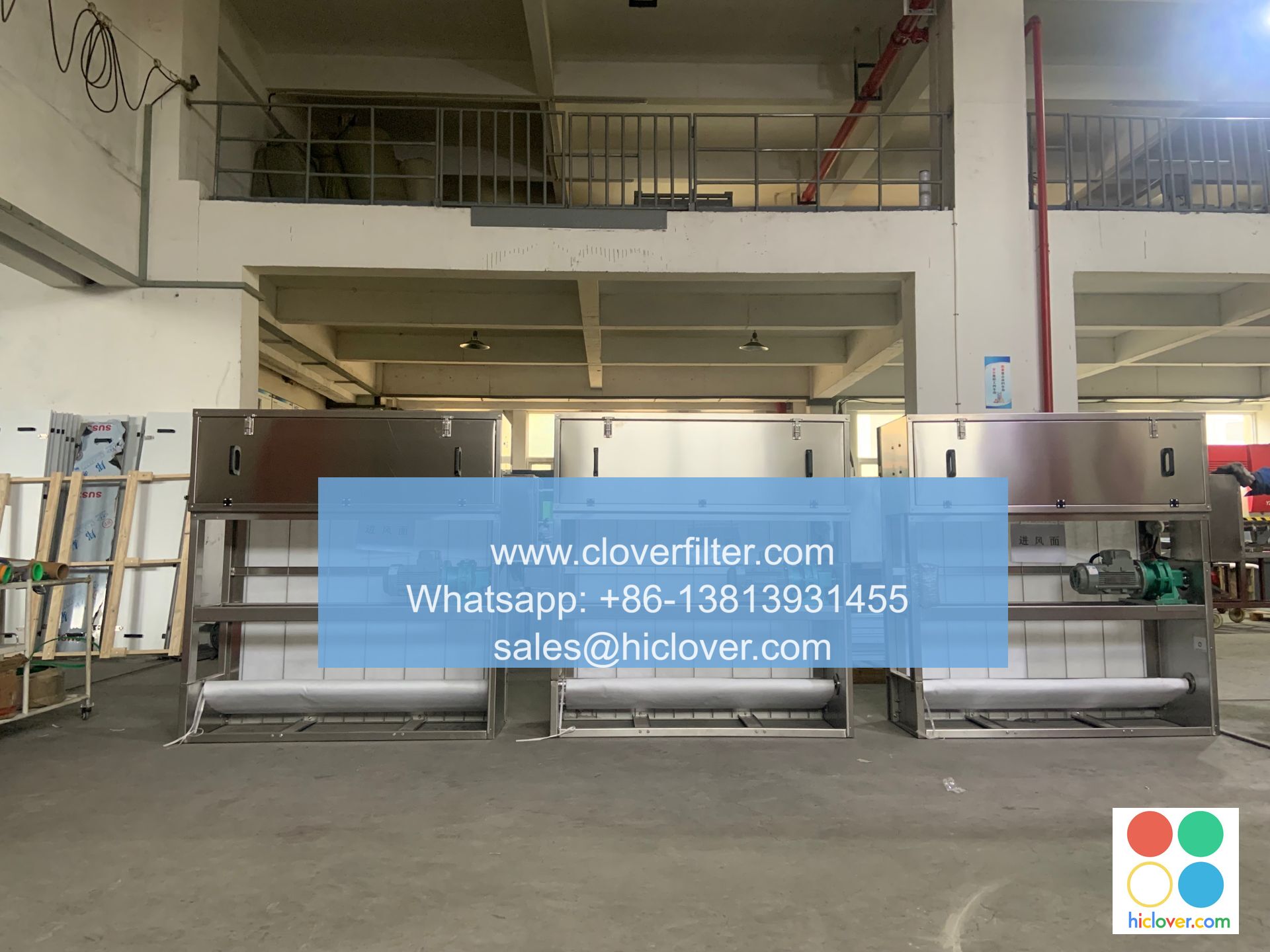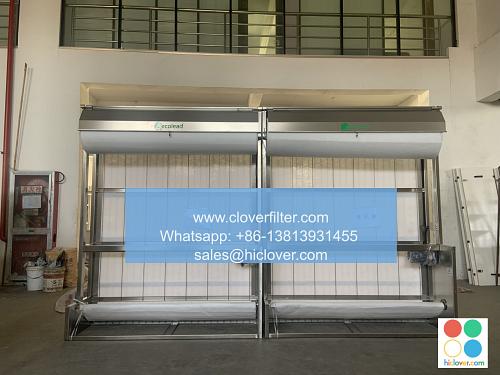Air Filtration in Cleanrooms: A Review of Current Technologies and Future Directions at UC Berkeley

Cleanrooms are controlled environments that require precise air filtration systems to maintain extremely low levels of airborne particles, microorganisms, and chemical contaminants. The University of California, Berkeley (UC Berkeley) has been at the forefront of research and development in air filtration technologies for cleanrooms, with a focus on nanofiltration, ultrafiltration, and photocatalytic oxidation. In this article, we will review the current state of air filtration in cleanrooms, highlighting various application areas, including semiconductor manufacturing, biotechnology, and pharmaceutical production.
##
Introduction to Cleanroom Air Filtration
Cleanroom air filtration systems are designed to remove airborne particles and gaseous contaminants to maintain a controlled environment with minimal particulate matter and chemical vapors. The goal of air filtration in cleanrooms is to prevent contamination and ensure the quality and reliability of products manufactured in these environments. UC Berkeley researchers have been exploring various air filtration technologies, including HEPA filters, ULPA filters, and activated carbon filters, to achieve this goal.
##
Current Air Filtration Technologies
Several air filtration technologies are currently used in cleanrooms, including:
* High-Efficiency Particulate Air (HEPA) filters: designed to capture 99.97% of particles as small as 0.3 microns
* Ultra-Low Penetration Air (ULPA) filters: designed to capture 99.999% of particles as small as 0.12 microns
* Activated carbon filters: designed to remove gaseous contaminants and odor-causing molecules
* Nanofiltration membranes: designed to capture nanoparticles and other small particles
These technologies have been widely adopted in various industries, including semiconductor manufacturing, biotechnology, and pharmaceutical production. However, there is still a need for more efficient and effective air filtration systems that can address the increasingly stringent requirements of cleanroom environments.
##
Future Directions in Air Filtration
Researchers at UC Berkeley are exploring new air filtration technologies that can address the limitations of current systems. Some of the future directions in air filtration include:
* Photocatalytic oxidation: a technology that uses light to degrade organic compounds and remove airborne pollutants
* Nanotechnology-based filters: designed to capture nanoparticles and other small particles with high efficiency
* Biologically inspired air filtration systems: designed to mimic the filtering capabilities of nature, such as the honeycomb structure of bee nests
* Artificial intelligence (AI) and machine learning (ML) based air filtration systems: designed to optimize air filtration performance and predict maintenance needs
These emerging technologies have the potential to revolutionize air filtration in cleanrooms, enabling more efficient and effective removal of airborne pollutants and contaminants.
##
Application Areas
Air filtration in cleanrooms has various application areas, including:
* Semiconductor manufacturing: where ultra-clean air is required to prevent contamination and ensure the quality of microelectronic devices
* Biotechnology: where sterile environments are required to prevent contamination and ensure the quality of biological products
* Pharmaceutical production: where clean air is required to prevent contamination and ensure the quality of pharmaceutical products
* Healthcare: where clean air is required to prevent the spread of infections and ensure the health and well-being of patients
In conclusion, air filtration in cleanrooms is a critical component of various industries, and UC Berkeley researchers are at the forefront of developing new and innovative technologies to address the increasingly stringent requirements of these environments. By exploring emerging technologies, such as photocatalytic oxidation, nanotechnology-based filters, and biologically inspired air filtration systems, we can create more efficient and effective air filtration systems that enable the production of high-quality products in cleanrooms.

